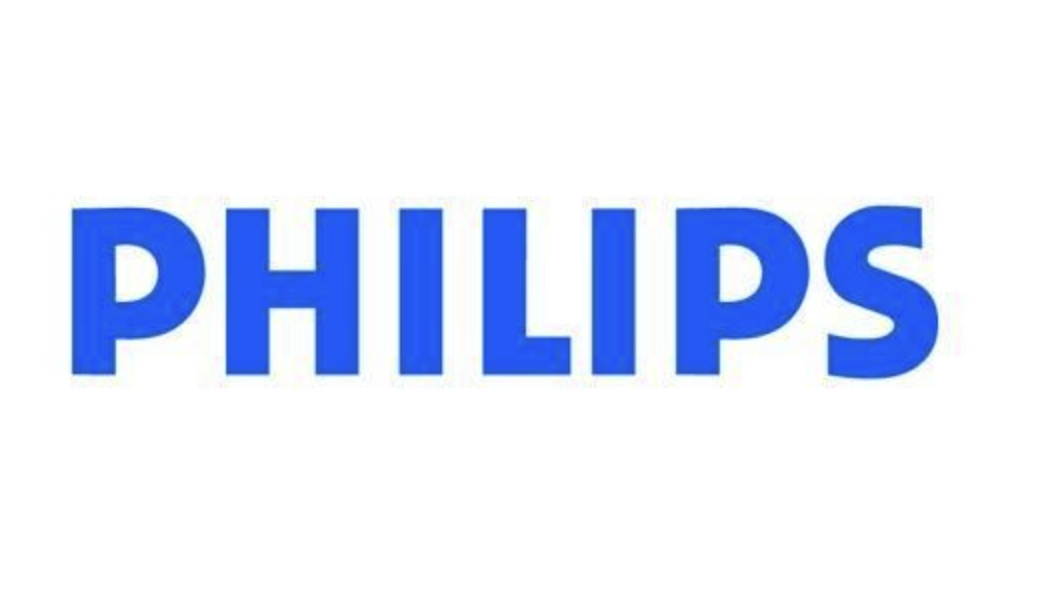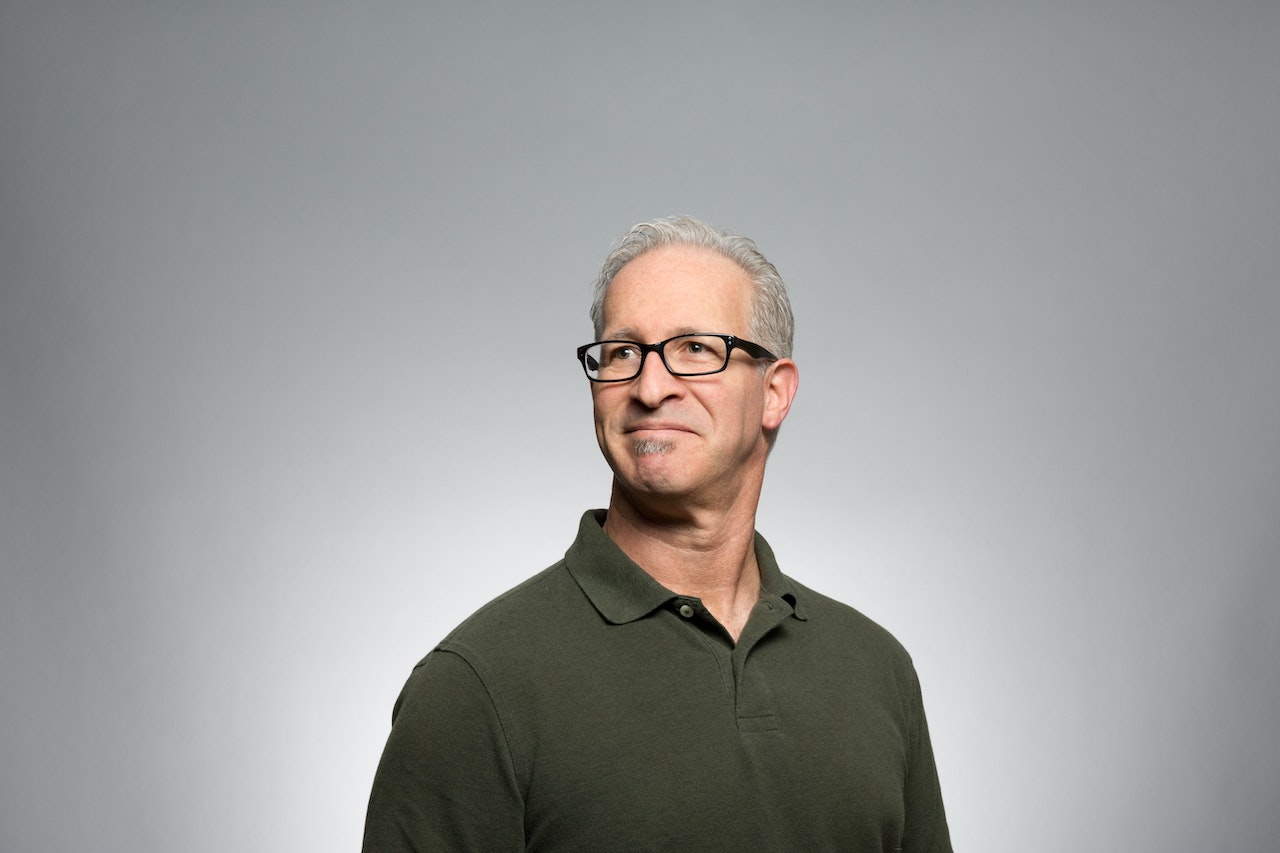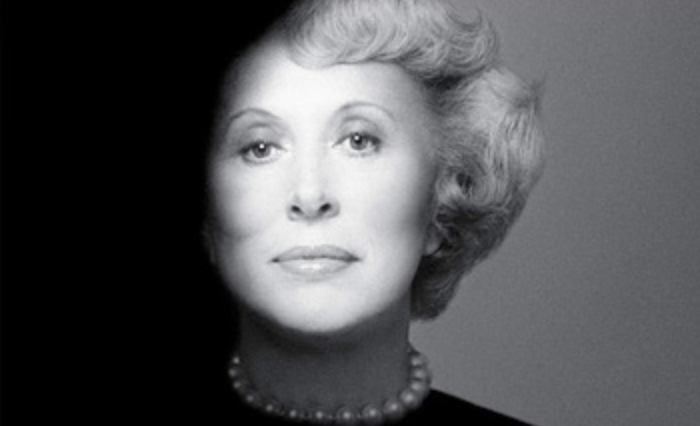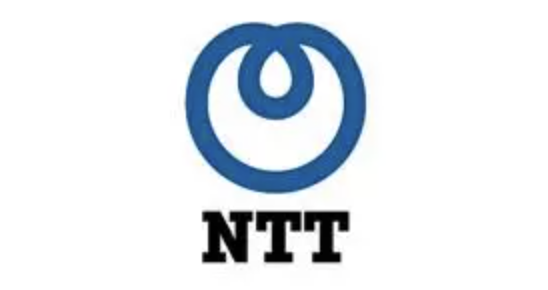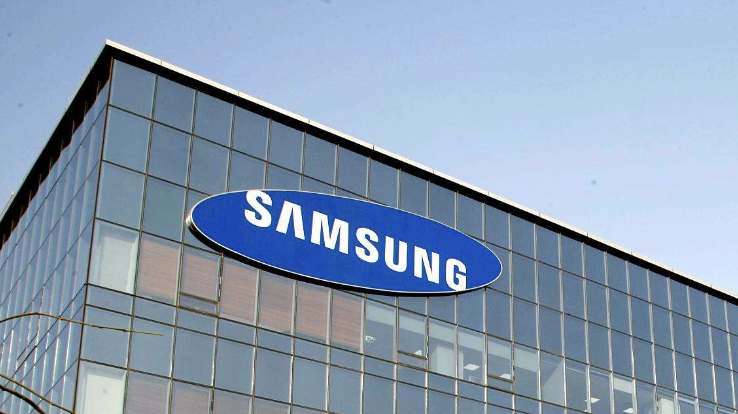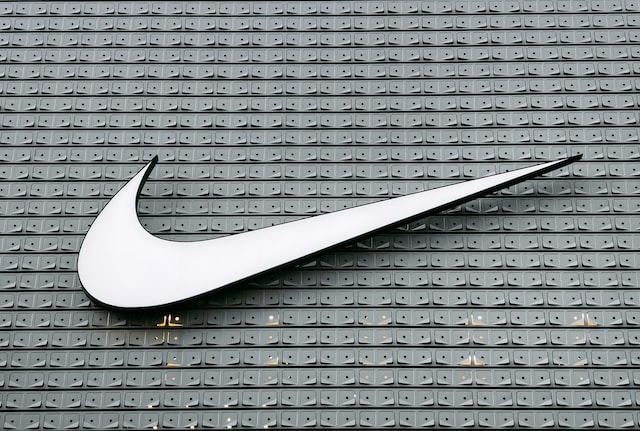Philips Electronics is one of the world's largest electronics brands and tops the list in Europe. It is a world leader in colour TVs, lighting, electric shavers, medical diagnostic imaging and patient monitoring instruments, and single-chip TV products. With 166,500 employees, Philips is active in more than 60 countries in the areas of lighting, consumer electronics, home appliances and medical systems. Philips is listed on the New York Stock Exchange (under the symbol PHG), the London, Frankfurt, Amsterdam and other stock exchanges. 2003 sales amounted to EUR 29 million and in 2004 the company was named by the Music Angel Committee as an advanced quality company, employing more than 164,000 people in more than 60 countries. Philips is an integrated group serving both the professional and consumer markets through three cross-cutting divisions: Healthcare, Lighting and Quality Living.
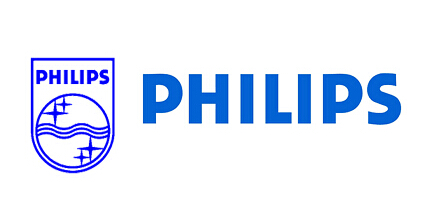
History.
In 1891, Antonio and Gerard Philips founded the Philips Company in Eindhoven, the Netherlands. At that time, the company focused on the production of carbon filament light bulbs and became one of the largest producers of carbon filament light bulbs in Europe in the late 19th and early 20th centuries. By 1910, Philips had 2,000 employees and was the largest single employer in the Netherlands.

Influenced by the industrial revolution in Europe, Philips set up its first research laboratory in 1914 and achieved the first innovations in X-ray and radio technology. Over the years, a number of technological breakthroughs have been included in a series of inventions that continue to meet the various needs of people in their daily lives.
Philips was founded on the production of carbon filament light bulbs. The development of new lighting technologies provided the impetus for Philips' steady expansion, and in 1914 the company established a research laboratory to study physico-chemical phenomena and to promote product innovation.
In 1918, Philips launched the medical X-ray tube, marking the beginning of a diversification of Philips products and the start of applications through.
In 1939, Philips launched the revolutionary Philipshave rotary razor.
In 1949, Philips also launched toasters, milk pans, electric kettles, fast water heaters, single-plate electric stoves and single-plate square stoves.
1965-1966 saw the launch of the Philips wall-mounted electric can opener and electric rice cooker.
1979-1982 Philips develops the first 4-in-1 food processor, an ice cream maker and a toaster at the same time.
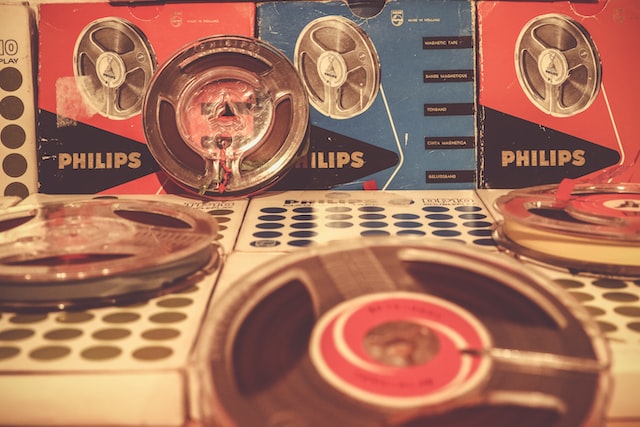
In 1994, a wave of fashion swept the world and in order to attract more consumers from the appearance of the products, Philips launched coffee machines and orange juice machines.
In 1996-1997, the launch of the Billy handheld blender and the rice cooker saw Philips incorporate sensors into its kitchen appliances.
In the 1940s and 1950s, science and technology underwent huge changes. Philips invented the rotary head, which went on to become the Philishave electric shaver, and laid the foundations for subsequent breakthroughs in transistors and integrated circuits. Philips also made an important contribution to the development of technology for the recording, distribution and reproduction of television images. In 1963, Philips introduced the cassette recorder. In 1965, the first integrated circuit was produced.
Throughout the 1970s, Philips' exciting new products and concepts continued to emerge. Research in the field of lighting made an important contribution to the introduction of the new PL and SL energy-saving lamps, while breakthroughs in the processing, storage and transmission of images, sound and data were made at the Philips research laboratories, leading to the invention of laser discs, laser turntables and optical telecommunication systems. In 1972, the company created PolyGram, a company that achieved great success in music recording. In 1974 and 1975, PolyGram acquired Magnavox and Signetics in the U.S. In 1998, Philips sold PolyGram to Seagram, which later formed the Universal Music Group.
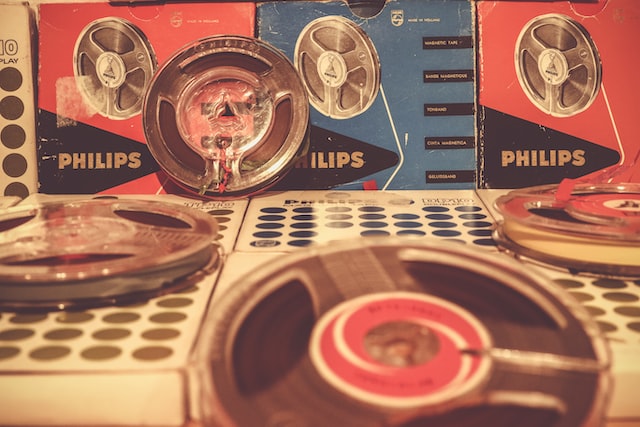
In 1983, Philips marked a new technological milestone: the introduction of the compact disc. 1984 saw the production of the 100 millionth television set, and the acquisition of the GTE Sylvania television business and the Westinghouse lighting business in the 1980s helped the company achieve further business expansion.
The 1990s were a decade of significant change for Philips. In order to keep the company healthy, Philips implemented a major restructuring plan to simplify the company's structure and streamline its business areas. Some of Philips' businesses remained in good operating condition and by 1995 Philips had sold 300 million Philishave electric shavers. Building on the successful technology in compressing records, in 1997 Philips partnered with Sony to launch another innovation, the DVD, which became the fastest growing home appliance in history.
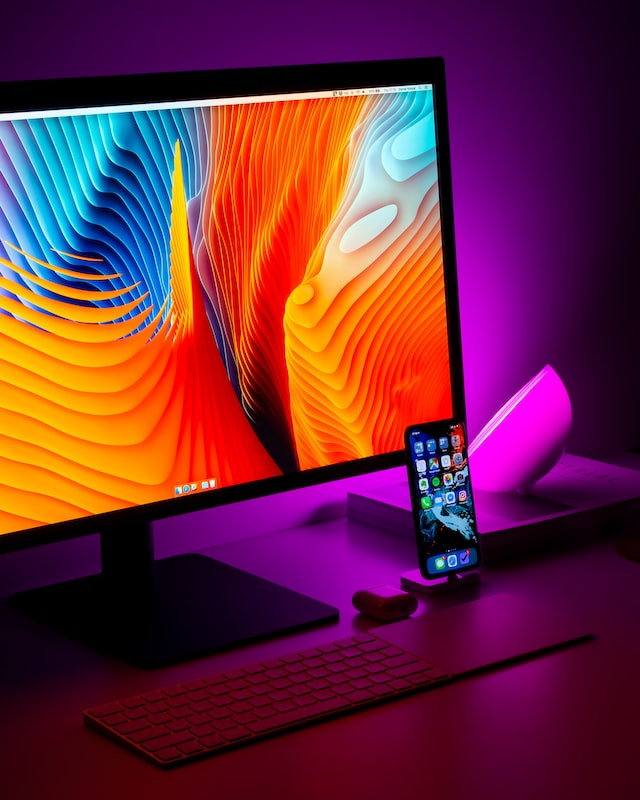
As we enter the 21st century, the pace of change and development at Philips continues unabated. For a long time Philips had been perceived as a manufacturer of consumer electronics. In 2004, the company launched its new brand promise, "Smart in Mind - Simple in Shape", with a major advertising campaign promising to offer consumers products that are "designed for you, easy to experience and innovative". The new brand promise of "Designed for you, easy to experience, innovative and advanced" was launched in 2004.




